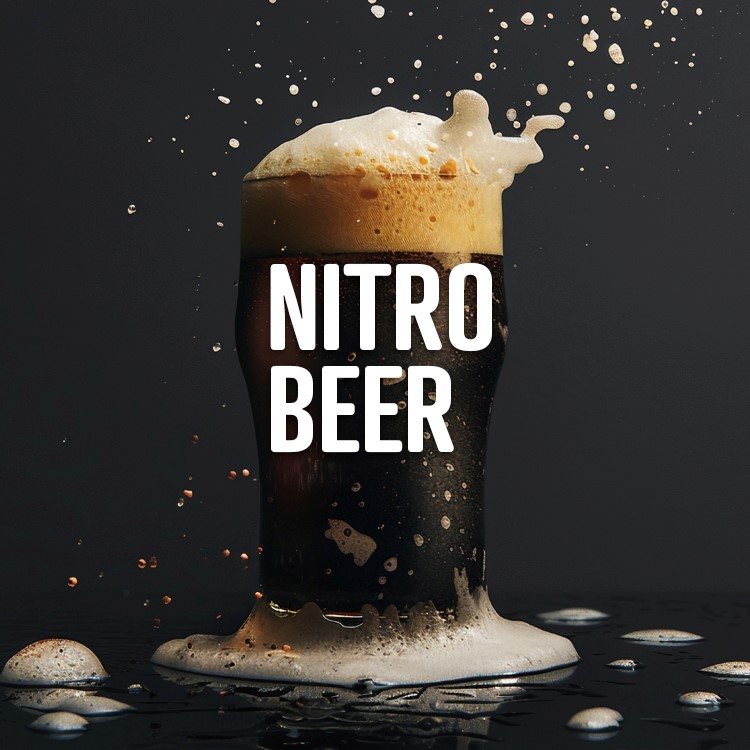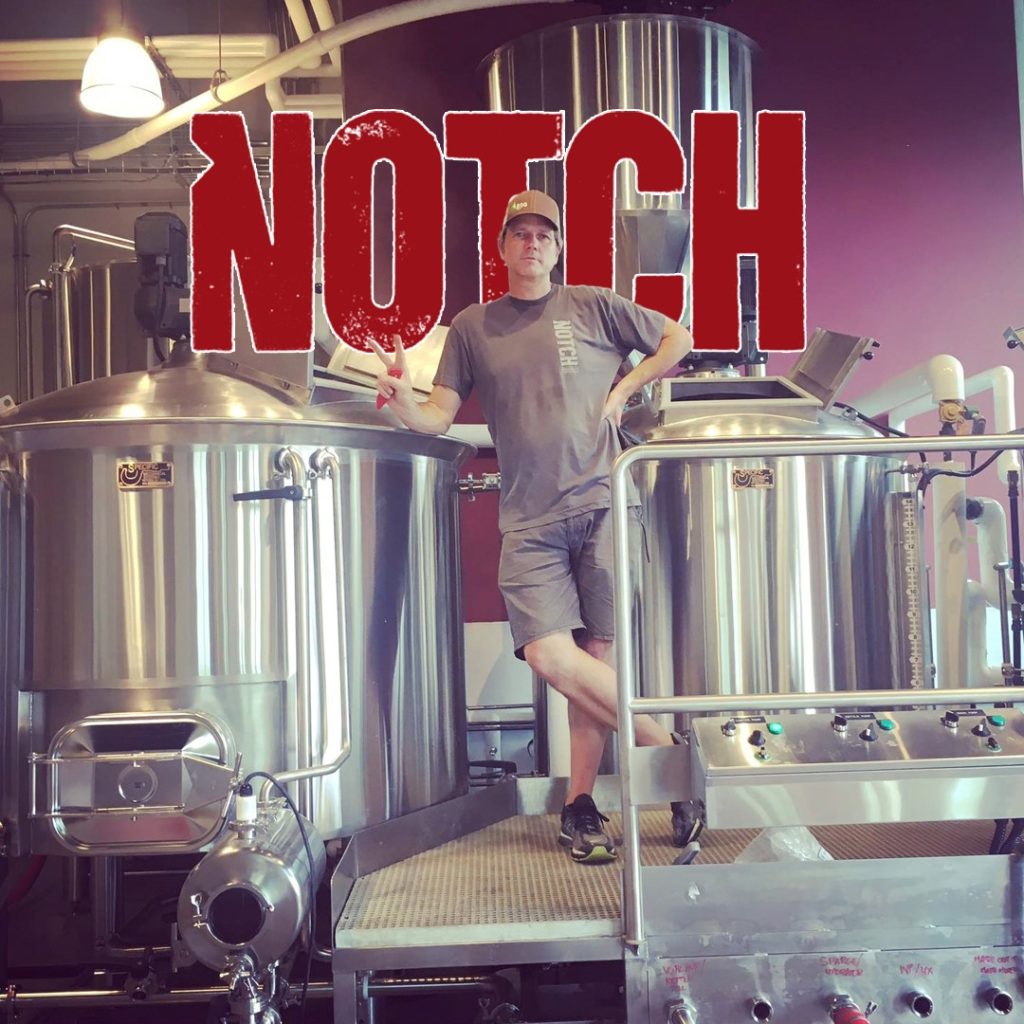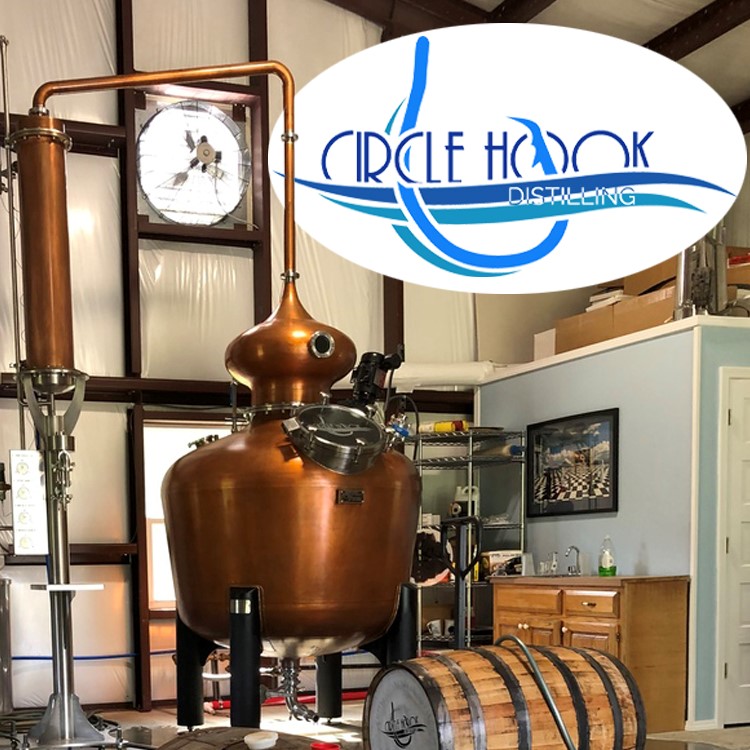Nitro beer, short for nitrogenated beer, has become a popular style known for its smooth, creamy texture and distinct taste. Unlike traditional beers, which are carbonated with carbon dioxide (CO₂), nitro beers use nitrogen (N₂), creating a different mouthfeel and appearance. This nitrogen infusion results in tiny bubbles that produce a thick, foamy head and give the beer a velvety smoothness.
The concept of nitro beer is often associated with stouts, particularly Guinness, which pioneered the use of nitrogen in beer in the 1950s to enhance the texture of its famous stout. Today, however, many breweries have expanded the use of nitrogen to other styles, including IPAs, pale ales, and even porters.
The nitrogen process changes not only the texture but also the flavour perception of the beer. The smoother, creamier mouthfeel can make certain beers taste slightly sweeter and more mellow, allowing rich malt or coffee flavours to shine in stouts, for instance, or enhancing fruit and citrus notes in nitro-infused IPAs. Nitro beers are typically served from a tap system designed to handle nitrogen gas, but they are also available in cans that use a small device called a “widget” to release nitrogen and create the same creamy head when poured.
Nitro beer has gained a devoted following among craft beer lovers who appreciate its unique qualities. Its popularity reflects a broader trend toward experimental brewing, as well as a desire for a novel drinking experience that highlights texture and presentation in addition to flavour.





